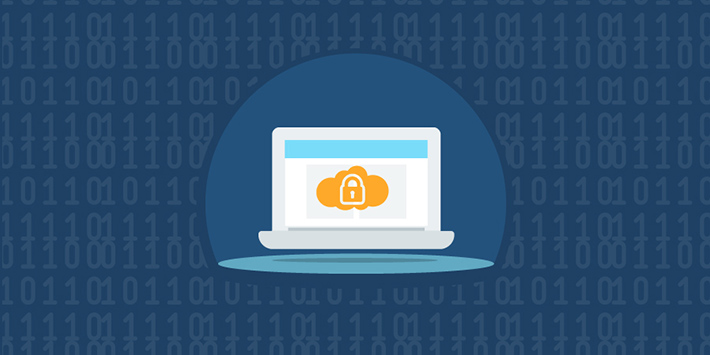
The Internet of Things (IoT) is expected to grow to 26 billion connected devices by the year 2020.
As the IoT expands, innovative consumer products are emerging and businesses are taking notice. However, since devices are often built with cost and speed-to-market in mind, not security, businesses must proceed with caution.
Before introducing these network-connected products into your organization, first understand the pros and cons, and how to secure devices properly.
Beneficial Factors
Businesses can use IoT solutions in their everyday processes to increase efficiency, save time and add convenience. Similar to homes, offices and buildings can be automated. Intelligent lighting and thermostat controls, smart appliances, and cameras with built-in video analytics are only the beginning. The trend toward inexpensive, networked sensors that is fueled by the IoT will impact business operations for years to come.
One example of this is Beacon technology, which use Bluetooth® LE (low energy) to broadcast information to nearby devices such as cell phones. These battery powered devices can be embedded in store displays, attached to portable equipment, or placed at key locations throughout a building. When anyone with a compatible device approaches, the beacon can trigger the display of informational messaging, open an app, or perform other functions as required. Beacons are an exciting new way that retailers, enterprises and educational institutions are tapping into the IoT to improve communication.
By increasing productivity and improving consumer experiences, this new category of connected devices provides unique, and interesting, revenue opportunities for businesses that didn’t exist before.
IoT Risks and Security Implications
Although smart technology implementation can provide great business opportunities, devices are not always designed with security in mind. This can be especially problematic for systems that connect to your corporate network or the Internet, such as Wi-Fi and “cloud-controlled” solutions. If not secured and managed, these systems can serve as a gateway for hackers to gain access to your network and data. Some risks of IoT devices may include:
- Installation of malware, providing persistent access to the local or wide-area network, and impacting network availability, systems and/or data.
- Ability for intruders to disable alarms, cameras, or locking systems, gaining physical access to your business.
- Unauthorized control of devices, which could result in failure of the equipment, loss of use, or similar damage to your business operations.
- iPrivacy breaches if network cameras or user workstations are compromised.
Proper Protection
To ensure your business’s devices are secure, take necessary precautions:
- Look for vendors that provide products that do have security in mind. Prior to making any purchases, ensure products can encrypt network communications, enable password/passcode protection, and regularly release updates.
- Isolate products on a secondary network whenever possible. Consider a separate network or VLAN to keep IoT devices isolated from your primary data network. This way, if a vulnerability exists, exposure will be reduced.
- Professionally install. Proper installation requires careful product specification, coordination with IT, and accurate configuration. It is wise to leave this in the hands of professionals who have the necessary expertise, insurance, and certifications.
- Regularly maintain your systems. Most systems will require periodic updates to ensure proper functionality and security. Some even support proactive health monitoring, providing an even higher level of control and management. Be sure your provider is offering these services, and request quarterly or annual verification that the work is being done.
- Secure equipment and devices behind network firewalls and security appliances. All devices should be installed with these common precautions to add extra protection against malicious activity and hackers. Resist the temptation to expose IoT devices directly to the Internet.
Businesses will need a combination of internal talent, partnerships and commitment to deploy products that are suitable and secure. If you have any concerns about the safety of your IoT devices or security system installation, work with your vendor to maximize your business’ safety.
How does your business secure itself in the age of IoT? Share with us in the comments below.
Image Source: Perspecsys Photos